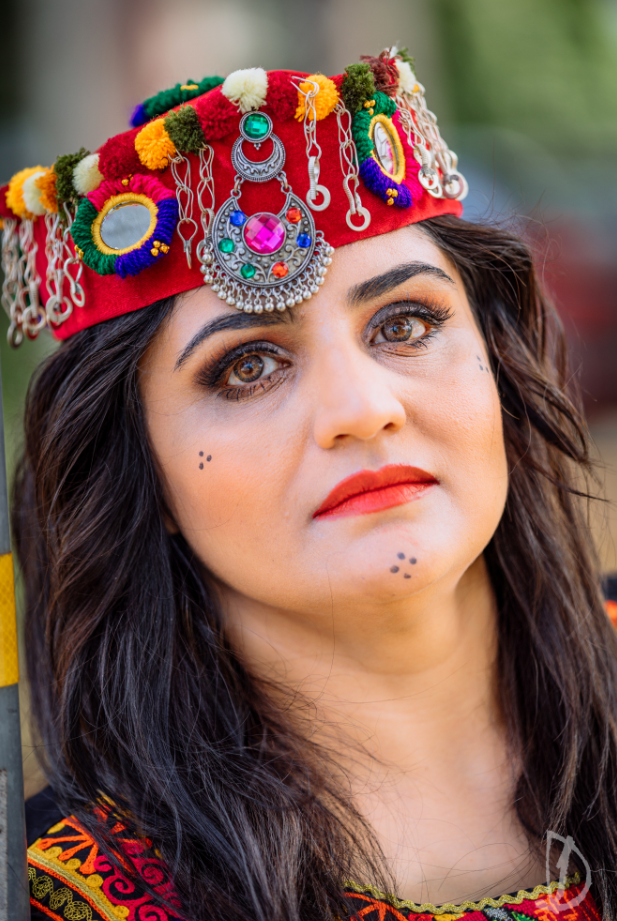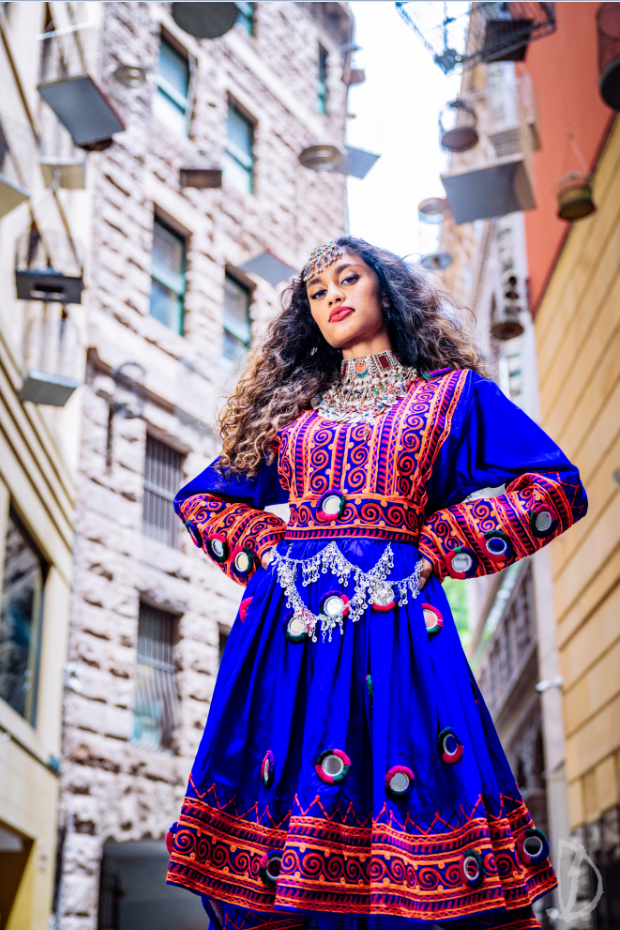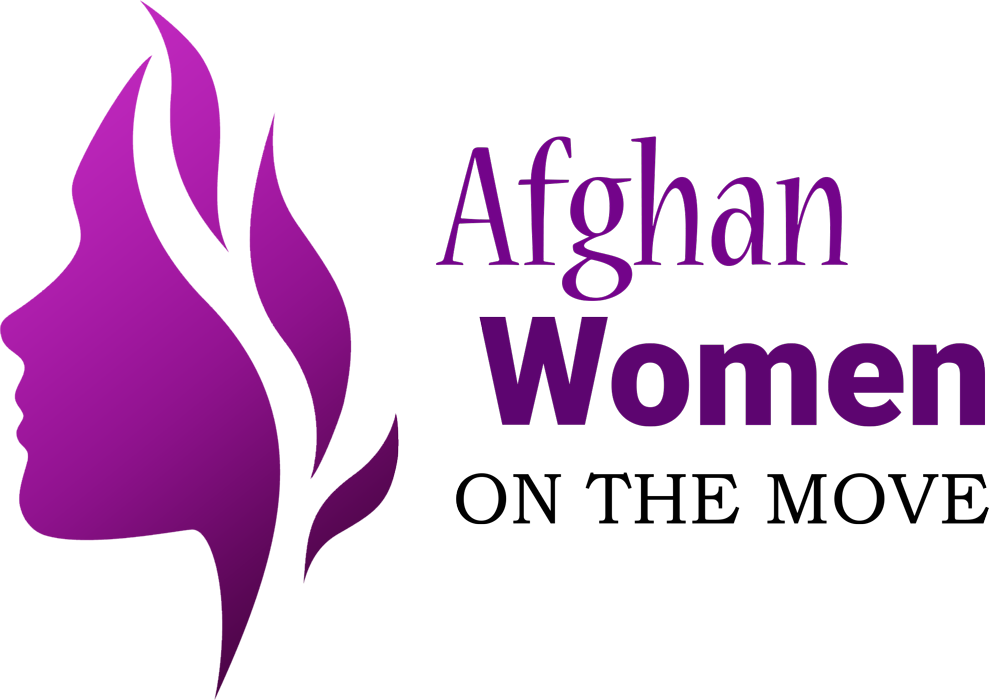About Afghanistan
Situated in southern central Asia, Afghanistan is a non-coastal country with approximately 32 million inhabitants. It is surrounded by six neighbouring nations - Turkistan to the northwest, Uzbekistan and Tajikistan to the north, China to the northeast, Pakistan to the east and south, and Iran to the west. It is the 150th most densely populated country in the world.
Afghanistan is a democratic Islamic republic, fully cognisant of decisions from the executive, legislature, and judiciary. The official language is Dari and Persian, encompassing 34 provinces and 14 cities - Kabul, Kandahar, Herat, Mazar-i-Sharif, Kunduz, Jalalabad, Lashkar Gah, Taluqan, Puli Khumri, Khost, Ghazni, Sheberghan, Sari Pul and Farah.
The Afghan government and international partners need to back Afghan women for future economic sustainability. In collaboration with the Islamic Embassy of Afghanistan in Canberra, stakeholders and friends, Afghan Women On The Move (AWOTM) believes in moving forward. Only when we all bask in the light can darkness start to fade. This does not require abandonment of history, empathy or love for our forefathers. It means we honour their memory for a better and safer quality of life for successive generations.
The magnificent tricolours of the Afghan flag
The three equal bands highlight the eternal light and darkness of a beautiful people, with the black band symbolising the troubled past as a protected state. The green band represents Islam, hope and prosperity, with a focus on agriculture. The red band reflects the blood shed by those who fought for independence.
Since the 18th century, Afghanistan has had twenty-six different national flags. The incumbent tricolour is one of four that features a building in its design.
Afghan Independence Day - 19 August
The incumbent flag was designated and adopted as the official flag of Afghanistan in August 2013. The emblem features a mosque, pulpit and two national flags. It also features the Islamic calendar year of 1298 (or 1919, when the nation won independence from the UK), sheaves of wheat, the Takbir, the Shahada and the name “Afghanistan.”
Islam is proudly aligned in the vertical columns to represent the religion for some 32 million Afghans. One such component is the Arabic inscription of the Muslim creed in the Takbir – the Arabic expression of “God is great.”
Ethnic Groups of Afghanistan
Afghanistan is a nation of many ethnic groups with different regions of the country having their own subculture. The national languages are Pashto and Dari. The national culture is not uniform. The various ethnic groups have no clear boundaries between each other and overlap each other. The various groups follow Islamic tradition, celebrate the same holidays, dress similarly, consume the same food, listen to the same music, are mostly multi-lingual, and have adopted traditions and celebrations from each other. The majority (83%-89%) follow Sunni Islam, while 10%-17% of the population follow Shi’a Islam.
There are more than 15 recognised ethnic groups among its 32 million people, namely Pashtun, Tajik, Hazara, Uzbek, Aimaq, Turkmen, Baloch, Pashai, Nuristani, Gujjar, Arab, Brahui, Qizilbash, Pamiri, Kygyz and others.
Some insight into the larger groups are as follows.
Pashtun
The largest ethnic group in the country comprising 42% of the population. Native to the lands of Southern Afghanistan, their main territory is between the Hindu Kush mountains in Afghanistan and Indus river in Pakistan. Language spoken is Pashto (Indo Iranian language), majority Suni also speak Dari (Persian) both Indo-European languages. Pashto is believed to be 2,500 years old.
Hazara
Making 9% of the population, residing mainly in mountainous regions of Hazarajat region in central Afghanistan. The spoken language, Hazaragi, is a dialect of Dari-Persian. Most of the ethnic group are Shi’a Muslims. It is believed that Hazaras are a results of Turco-Mongal (from central Asia) mixing with the local Iranic population.
Tajik
The second largest ethnic group (27% of the population) comprises the native Persian-speaking people. Alternative names for Tajiks are Farsi or Farsiwian. The main cities that Tajiks reside in are Herat, Mazar-e-Sharif, Kabul and Ghani. Primary spoken language is an eastern dialect of Persian (Dari and Tajiki) and the majority follow Sunni Islam.
Uzbek
Uzbek are the main Turkic people of Afghanistan. Their native territory lies in the northern regions of the country. Their population is estimated at 9%, approximately 2 million people.





Photo credit— Dillon Desilva


